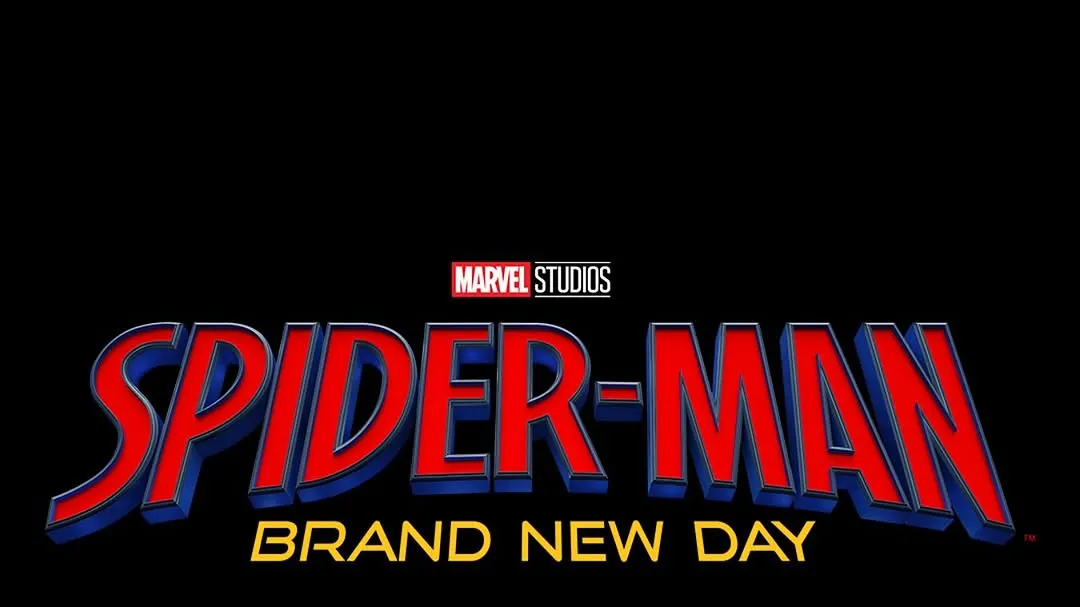In a significant move, Microsoft has announced the Microsoft layoffs of approximately 7,000 employees, representing about 3% of its global workforce. This development has rapidly become a focal point in the tech industry, marking one of the most substantial workforce reductions in the company’s history.
Understanding the Microsoft Layoffs
Strategic Shift Towards AI
Microsoft’s decision to reduce its workforce is primarily driven by a strategic pivot towards artificial intelligence (AI). The company aims to reallocate resources to bolster its AI initiatives, which are becoming increasingly central to its business model. This shift is part of a broader industry trend where tech giants are investing heavily in AI to stay competitive. Forbes
Flattening Management Structures
Another factor contributing to the layoffs is Microsoft’s effort to streamline its organizational structure. By flattening management layers, the company seeks to enhance operational efficiency and decision-making processes. This restructuring is expected to increase the span of control for managers, aligning with practices adopted by other tech firms.
Impact Across Divisions
Affected Departments
The layoffs span various departments, including LinkedIn, Xbox, and software engineering teams. Notably, software engineers have been significantly impacted, with reports indicating that over 40% of the affected positions are in this category.
Geographic Distribution
While the layoffs are global, certain regions have experienced more significant impacts. For instance, in Microsoft’s home state of Washington, approximately 2,000 employees have been laid off. Additionally, the Bay Area has seen 122 positions eliminated, affecting both in-office and remote workers.
Employee Reactions
The layoffs have elicited varied responses from employees. Gabriela de Queiroz, Director of Artificial Intelligence for Microsoft for Startups, described her layoff experience as “bittersweet” and extended solidarity to her fellow affected employees.
Broader Industry Context
Microsoft’s layoffs are part of a larger trend in the tech industry, with companies like Amazon and Google also announcing significant workforce reductions. These moves reflect a shift towards operational consolidation and increased efficiency amid changing economic conditions.

Frequently Asked Questions (FAQ)
Q1: Why did Microsoft layoffs 7,000 employees?
A: The layoffs are part of Microsoft’s strategic shift towards artificial intelligence and efforts to streamline its management structure for enhanced efficiency.
Q2: Which departments were most affected by the Microsoft layoffs?
A: Departments such as LinkedIn, Xbox, and software engineering teams experienced significant impacts, with software engineers constituting a large portion of the layoffs.
Q3: Are these Microsoft layoffs part of a broader industry trend?
A: Yes, Microsoft’s layoffs align with a wider trend in the tech industry, where companies are restructuring to focus on emerging technologies like AI.
Q4: How has Microsoft communicated these changes to employees?
A: Microsoft has communicated the layoffs through internal announcements, with some executives sharing personal messages on social media platforms.
Q5: What are Microsoft’s future plans post-layoffs?
A: Post-layoffs, Microsoft plans to intensify its focus on AI development and streamline its operations to adapt to the evolving technological landscape.
Stay informed with the latest updates on Microsoft’s restructuring and its implications for the tech industry.
Discover more from Daily Bharat Times
Subscribe to get the latest posts sent to your email.



